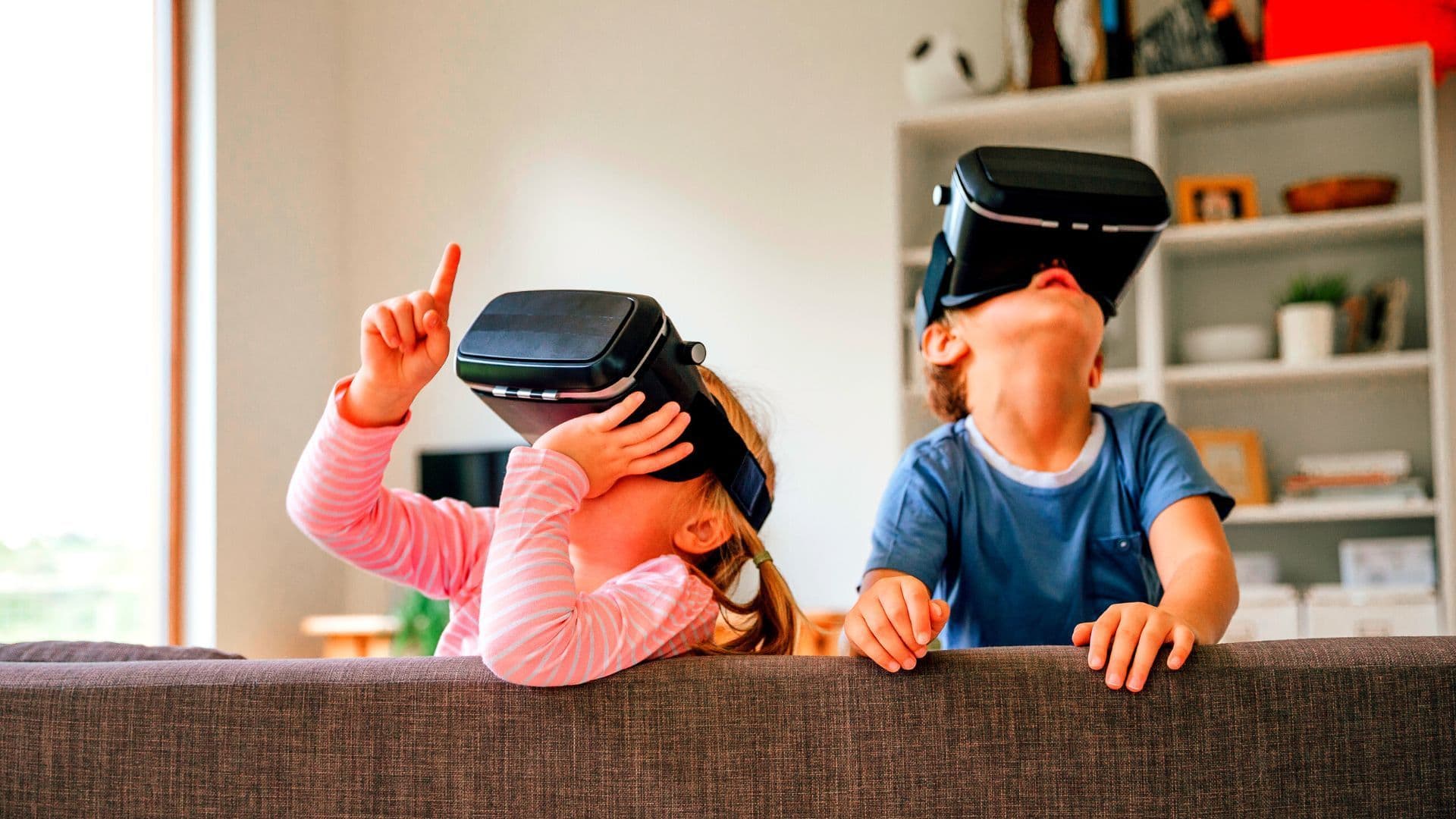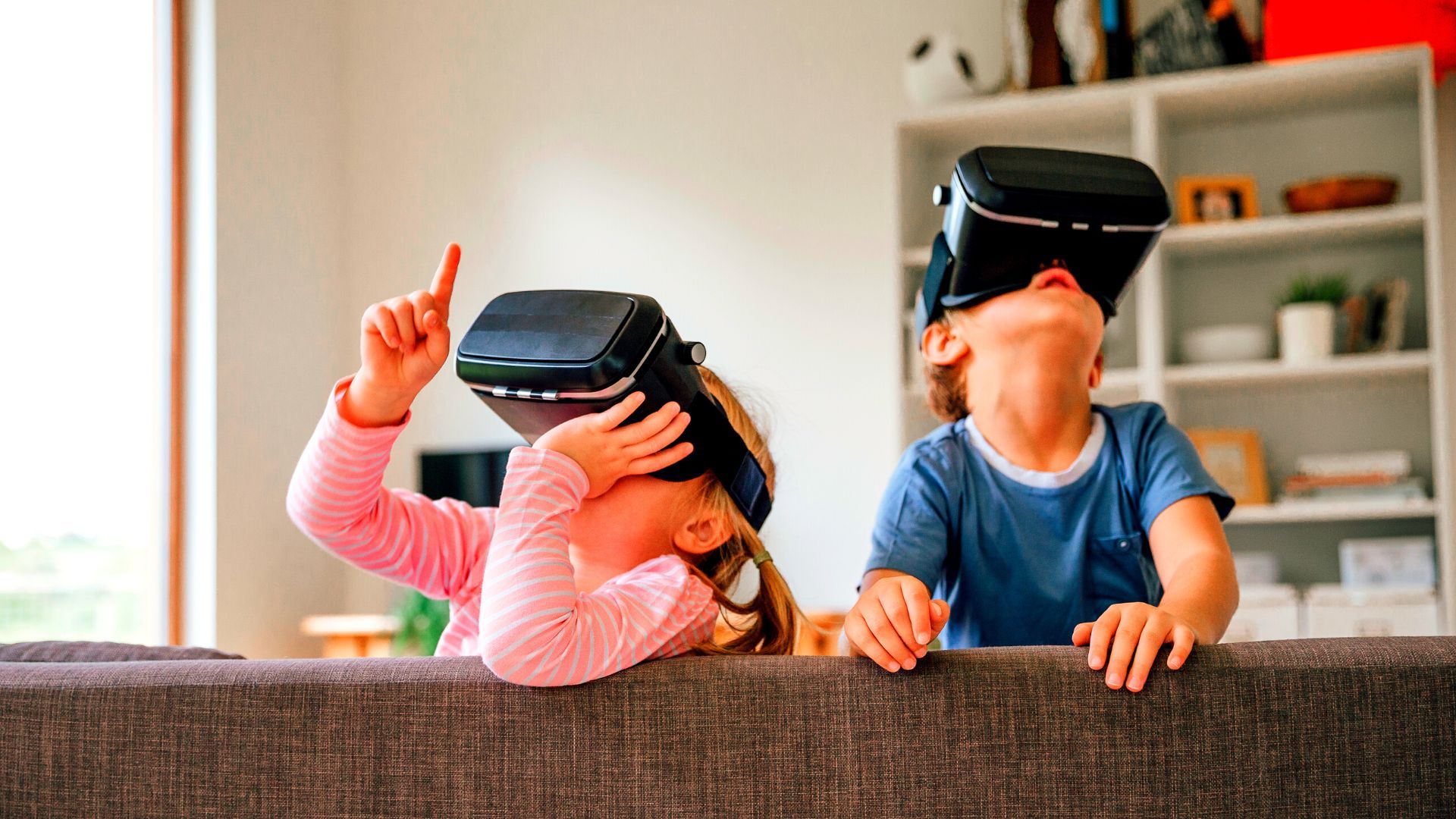
The Future of Education: Virtual Reality Technology

Virtual reality (VR) is an exciting new frontier in technology that promises to revolutionize the way we learn and teach. With the ability to simulate real-world experiences, VR has the potential to provide students with immersive and engaging educational experiences that go far beyond what traditional learning methods can offer. In this article, we will explore the future of education in the VR age and discuss how this new technology is already changing the way we learn.
The Benefits of Virtual Reality in Education
There are numerous benefits to using VR technology in education. Firstly, VR allows students to immerse themselves in a subject, learning through hands-on experiences rather than just reading or listening to a lecture. For example, a student studying history can experience what life was like in a particular time period or place, rather than just reading about it in a textbook. This immersive experience is much more memorable and impactful, increasing the likelihood that students will retain information for a longer period of time.
Another benefit of VR in education is that it can provide students with experiences that are not possible in real life. For example, a student studying biology can virtually explore the inner workings of the human body in a way that would not be feasible through real-life dissections. This type of learning experience is not only safer for students, but it also offers a level of detail and clarity that would not be possible in a real-life setting.
Current VR Applications in Education
There are already a number of VR applications being used in education today. Some schools and universities are using VR simulations to teach subjects such as history, science, and even social studies. For example, a student studying ancient civilizations can use VR technology to explore ancient ruins, such as the Pyramids of Egypt, as if they were really there. This type of immersive experience helps students to better understand the subject matter and make real-life connections.
Another area where VR is being used in education is in teacher training. VR simulations can be used to help teachers practice and perfect their teaching methods, without the need for real-life students. This allows teachers to develop and refine their skills in a safe and controlled environment, improving the quality of education for their students.
The Future of Virtual Reality in Education
As VR technology continues to evolve and improve, it is clear that its use in education will become even more widespread in the future. In the next few years, it is likely that VR will become an integral part of the learning process, with students using VR simulations to experience subjects in a way that was previously not possible.
In addition, VR technology will also provide new opportunities for collaboration and interaction between students. For example, students in different parts of the world can use VR to work together on projects, allowing them to experience the benefits of collaboration and teamwork, even if they are not physically in the same place.
The Challenges of Implementing VR in Education
Despite the many benefits of VR in education, there are also a number of challenges to implementing this technology in the classroom. One of the biggest challenges is cost, as VR technology can be expensive to purchase and maintain. Another challenge is ensuring that the technology is accessible to all students, regardless of their background or socioeconomic status.
Additionally, there is also a need for teachers to be trained in the use of VR technology and to understand how to effectively integrate it into their lessons. This requires a significant investment of time and resources, and it may be a challenge for schools and universities to provide the necessary support and training.
Conclusion
Virtual reality technology has the potential to revolutionize the way we learn and teach, offering students immersive and engaging educational experiences that traditional learning methods cannot match. As VR continues to evolve and improve, it is clear that it will become an increasingly important part of the education landscape. However, there are also challenges to implementing VR in education, including cost, accessibility, and the need for teacher training. Despite these challenges, the future of education in the VR age is incredibly exciting, and we are sure to see continued growth and innovation in this field in the coming years.
FAQs
How does VR technology impact education? VR technology has the potential to greatly impact education by providing students with immersive and engaging learning experiences that traditional methods cannot match. This leads to increased retention of information and a deeper understanding of subject matter.
What are the current VR applications in education? Currently, VR technology is being used in education for a variety of purposes, including teaching subjects such as history and science, teacher training, and for virtual collaboration between students.
What is the future of VR technology in education? The future of VR technology in education is incredibly exciting, with a growing trend towards its integration into the learning process. This will provide students with even more opportunities for immersive, hands-on learning experiences.
What are the challenges of implementing VR in education? The challenges of implementing VR in education include cost, accessibility, and the need for teacher training. These challenges must be overcome in order for VR technology to reach its full potential in the education field.
Appreciate the creator